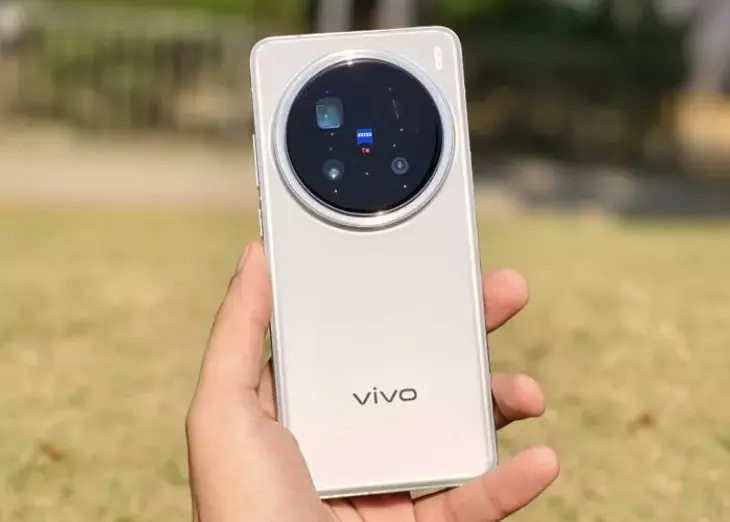Vivo X200 Pro Review: The flagship to outshine in 2025
image for illustrative purpose

Vivo has long been celebrated for its portrait camera capabilities, and after testing the Vivo X100 Pro, I was hooked on its performance. However, Vivo's flagship phones have always had a few shortcomings—primarily in areas like battery life and software experience. With the Vivo X200 Pro, Vivo has addressed these issues and more, making it a well-rounded flagship. As we approach 2025, this phone is definitely one to watch.
The Best Camera System on a Smartphone
When it comes to the cameras, the Vivo X200 Pro doesn’t disappoint. It features a triple-camera setup: a 50MP main sensor, a 200MP periscope telephoto camera, and a 50MP ultrawide camera. The 50MP Sony LYT818 sensor replaces the 1" sensor from its predecessor, providing improved bokeh and a more natural portrait effect.
The real star of the show is the new 200MP periscope telephoto camera. While the zoom has been reduced from 4.3x to 3.7x, it delivers a more natural and impressive zooming experience. The camera setup is equipped with Zeiss T* Coating, reducing lens flare and providing sharp, vibrant images, even in challenging lighting conditions.
The X200 Pro excels at dynamic range, delivering crisp, detailed images across all lenses. Portraits are especially stunning with fantastic edge detection, even in complex shots with fine details like hair strands. The macro mode is another standout, offering rich detail and impressive background blur.
Night photography is where the Vivo X200 Pro truly shines, outclassing many of its competitors. The low-light shots are vibrant and detailed, though they can be slightly warmer under artificial lighting. Video recording capabilities are equally impressive, supporting 4K and 8K resolutions, with excellent stabilization and vibrant colors.
Addressing Past Issues: A Better Design and Improved Battery Life
The Vivo X100 Pro had a few design and battery life issues, but the X200 Pro addresses these. The phone is more comfortable to hold, with a wider and shorter build that feels premium without being too bulky. The large camera module is a minor trade-off for its superior capabilities.
On the front, the 6.78-inch UHD AMOLED display boasts a 120Hz dynamic refresh rate, improved from the previous model. It gets bright enough to remain legible even in direct sunlight, and with HDR10+ and Dolby Vision support, media consumption is a joy. The display is protected by Armor Glass, offering enhanced durability compared to the X100 Pro.
The battery life has been significantly improved, with the X200 Pro featuring a 6,000mAh battery that easily lasts a full day. The 90W fast charging and 30W wireless charging ensure that you can power up quickly when needed.
Powerful Performance and Software Enhancements
Under the hood, the Vivo X200 Pro is powered by the MediaTek Dimensity 9400 SoC, paired with 16GB of RAM and 512GB of storage. The performance is top-notch, with smooth multitasking and gaming capabilities, including BGMI at max settings. The ultrasonic fingerprint scanner is fast and responsive, and the latest Android 15-based FunTouch OS 15 offers a polished, clean interface.
Although the software could benefit from faster animations and better widgets, it includes several AI features like AI transcript assist and AI Note Assist, which make daily tasks more efficient.
Vivo X200 Pro Review: The Verdict
Priced at INR 94,999 (around USD 1,110), the Vivo X200 Pro offers tremendous value compared to other flagship phones like the iPhone 16 Pro, Galaxy S24 Ultra, and Pixel 9 Pro XL. While its closest competitor, the Oppo Find X8 Pro, offers a smoother software experience, the X200 Pro's camera system and overall performance make it an easy choice for those seeking the best flagship experience.
The Vivo X200 Pro has successfully addressed previous concerns, offering an unparalleled camera setup, a stunning display, strong performance, and reliable battery life. It’s not just the best Vivo phone to date, but one of the best value-for-money flagships of the year.

